The Terroir
Sonoma Coast AVA & Petaluma Gap AVA
The Terroir
Sonoma Coast AVA and Petaluma Gap AVA
inside the Sonoma Coast AVA
The Petaluma Gap
Wind and fog are the key to this Northern California AVA, where vineyards are tucked into valleys and scattered on hillsides in perfect harmony with the area’s rural open space and rich agricultural history.
A wind gap in the coastal mountain range funnels cooling breezes and fog east from the Pacific Ocean through the city of Petaluma and south to San Pablo Bay. The persistent afternoon breeze causes lower grape yields and longer hang-time, enabling flavors and fruit characteristics to fully develop. It’s the perfect recipe for elegant, well-balanced wines of character and distinction.
Climate
wind & Fog
The Petaluma Gap AVA enjoys a mild Mediterranean climate characterized by warm, dry summers and cool, wet winters.
A typical summer day in the Gap begins with a distinctive, crisp coolness and a blanket of morning fog. By late morning the sun chases away the fog and temperatures rise. By mid-afternoon, however, the cool, on-shore breezes begin, picking up speed as the afternoon progresses and bringing in fog almost every night. It is this cooling “wind tunnel” effect that distinguishes the Petaluma Gap from our neighboring wine growing areas. The effect of the wind brings lower yields and grapes that reach physiological ripeness much later and at lower sugar levels, while developing wonderful flavors and fruit characteristics with ideal levels of acidity. The results are well-balanced wines, demonstrating character and distinction.
Soil
Sand & Clay
Volamus Vineyards 4455 vines grow on sandy clay loam soil enhanced by the silty volcanic runoff of Sonoma Mountain. Sandy particles allow good drainage while the clay component retains moisture. This well-structured loam provides a balanced nutrient profile while adding mineral complexity to our fruit.


